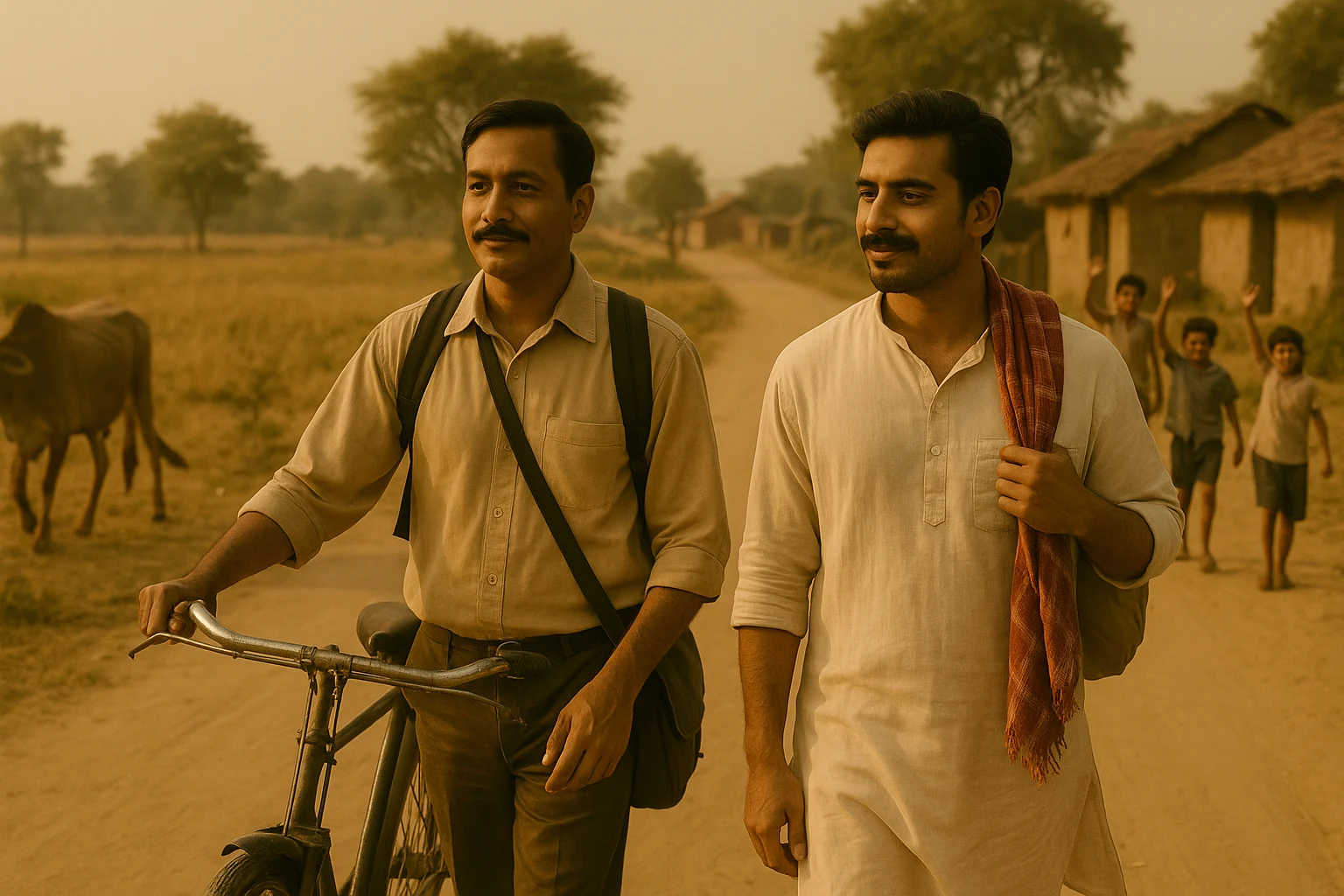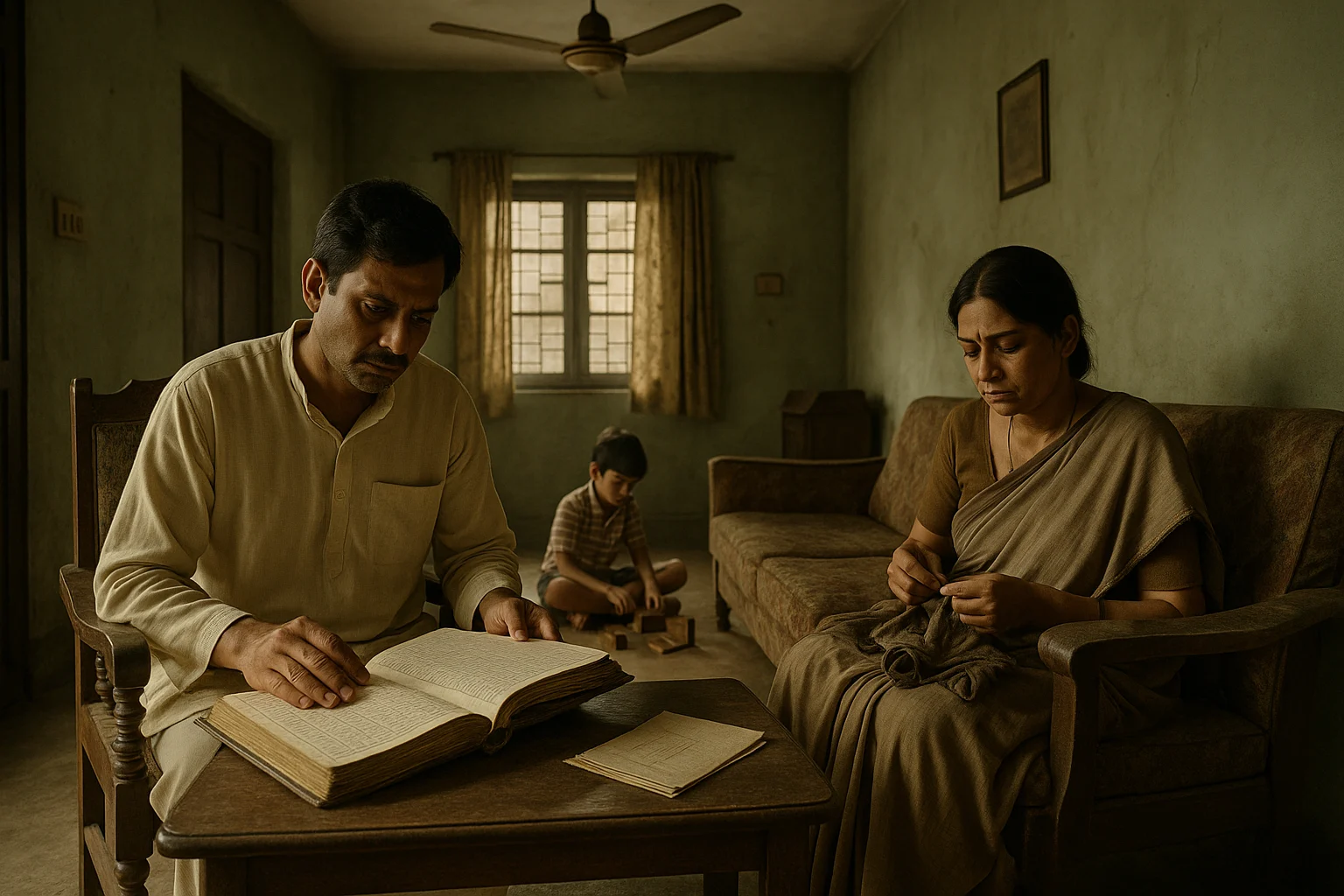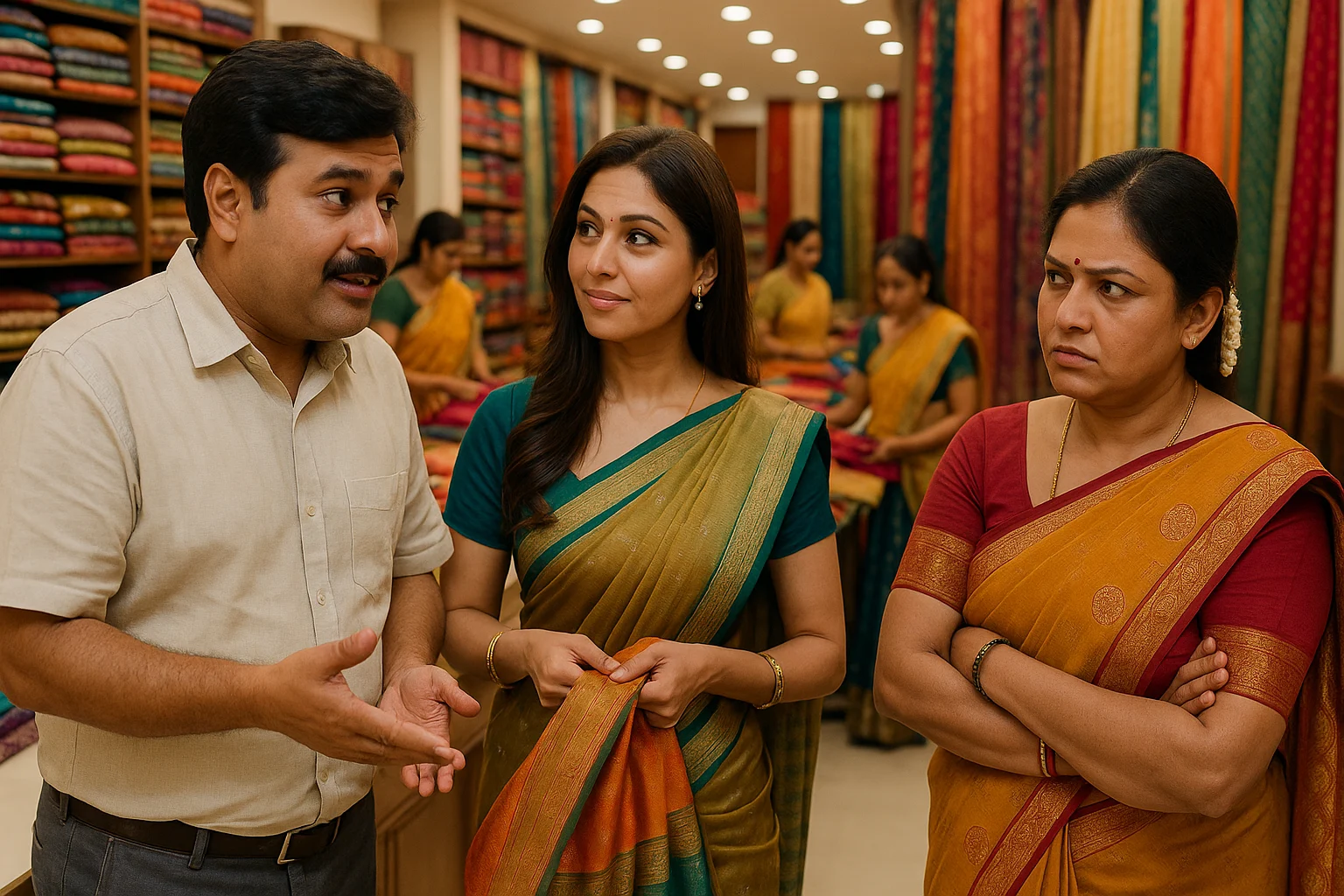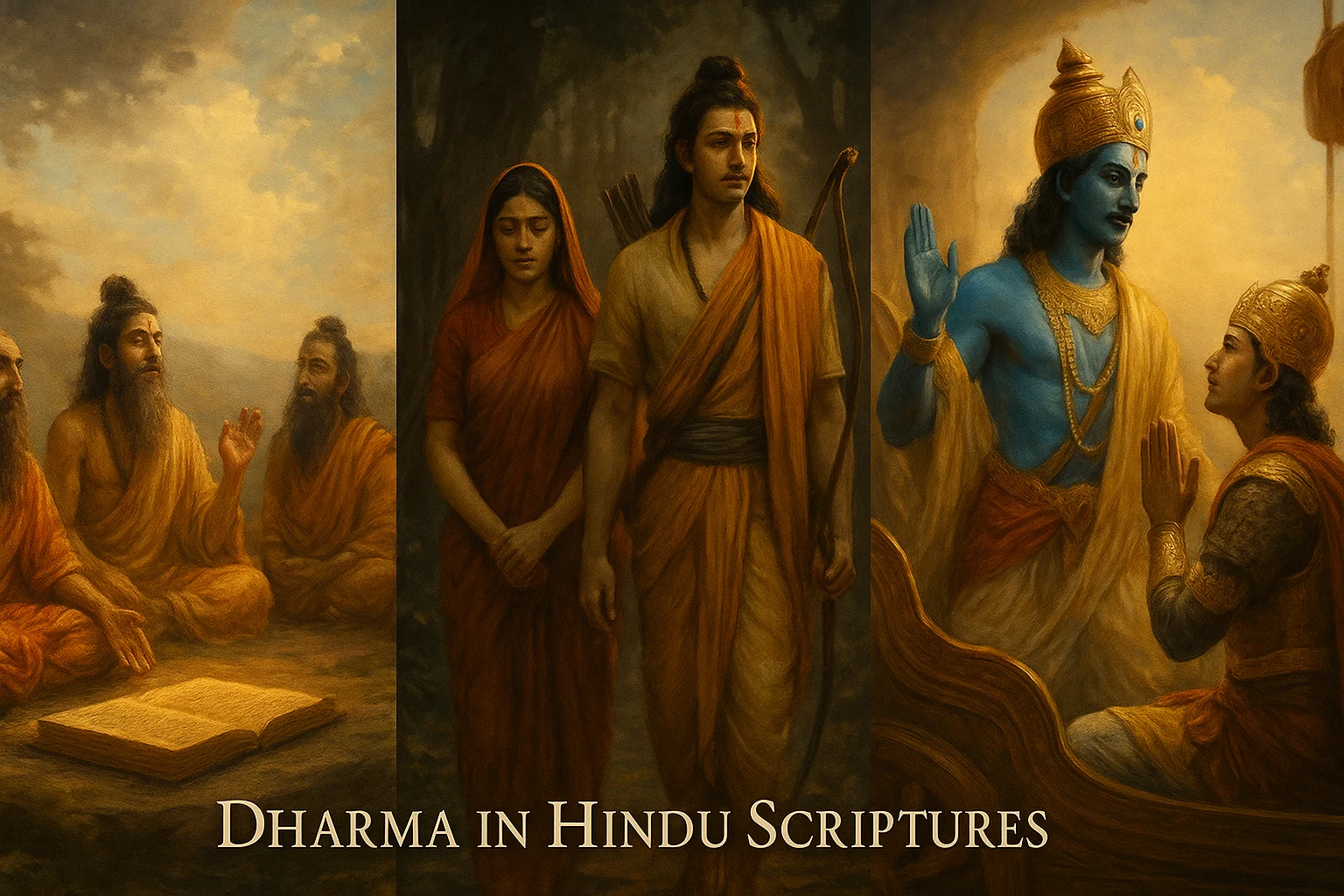Introduction
Indian civilization has one of the oldest cultural and spiritual traditions in the world, and at the heart of this heritage stand the Vedas. Regarded as the most ancient scriptures of Hinduism, the Vedas are not merely religious texts but a comprehensive foundation for Indian philosophy, spirituality, rituals, arts, music, medicine, and social order. Written in Vedic Sanskrit, they are widely considered the earliest literary record of human wisdom, dating back thousands of years. The word ‘Veda’ means “knowledge” or “wisdom,” symbolizing the eternal truths believed to have been revealed to the ancient sages, or Rishis.
The Vedas hold a special place in Indian culture, not just because of their antiquity but because of their timeless relevance. They address not only the cosmic and the divine but also the everyday concerns of human life—ethics, health, environment, and community living. This article explores their origins, structure, philosophical depth, and their continuing influence on Indian society and beyond.
Origins of the Vedas
The Vedas are often dated between 1500 BCE and 500 BCE, though Indian tradition regards them as eternal, revealed (śruti) knowledge passed down orally before being written. They were memorized with extraordinary precision using methods like ghanas (complex chanting patterns), ensuring authenticity through centuries.
There are four main Vedas:
- Rigveda – Hymns and praises of deities
- Samaveda – Melodies and chants
- Yajurveda – Ritual formulas
- Atharvaveda – Spells, healing, and everyday concerns
Each Veda has four layers:
- Samhitas (hymns)
- Brahmanas (ritual instructions)
- Aranyakas (forest treatises for meditation)
- Upanishads (philosophical discourses)
This layered structure reflects a transition from ritualistic practices to deep philosophical inquiry.
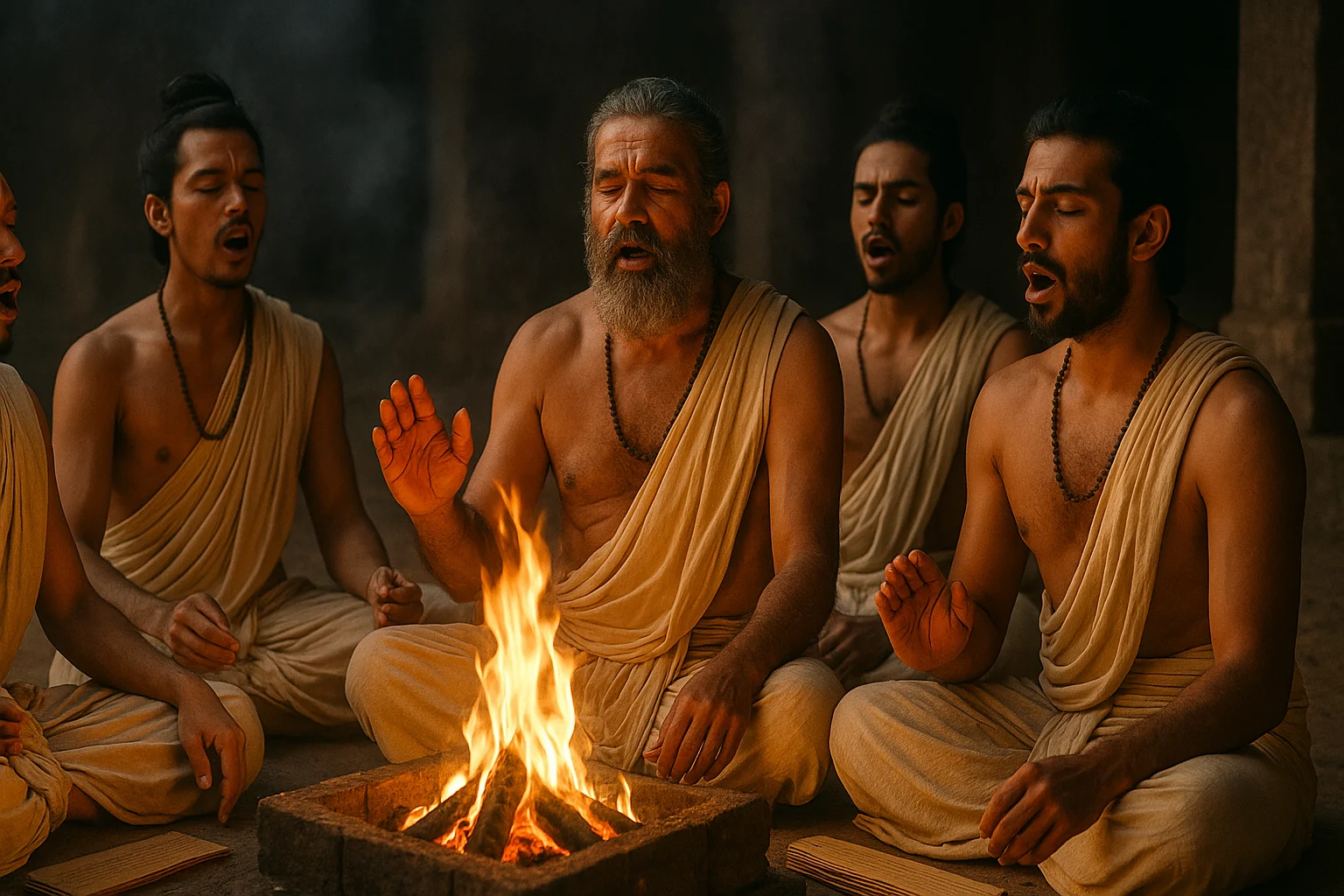
Rigveda – The Oldest Scripture
The Rigveda is the earliest and most important, containing over 1,000 hymns in ten mandalas (books). These hymns praise deities such as Agni (fire), Indra (thunder and rain), Varuna (cosmic order), and Soma (sacred plant).
Cultural significance:
- Depicts early Vedic society’s agricultural, pastoral, and spiritual life.
- Emphasizes cosmic order (ṛta), the foundation of Dharma.
- Contains universal prayers, including the famous Gayatri Mantra.
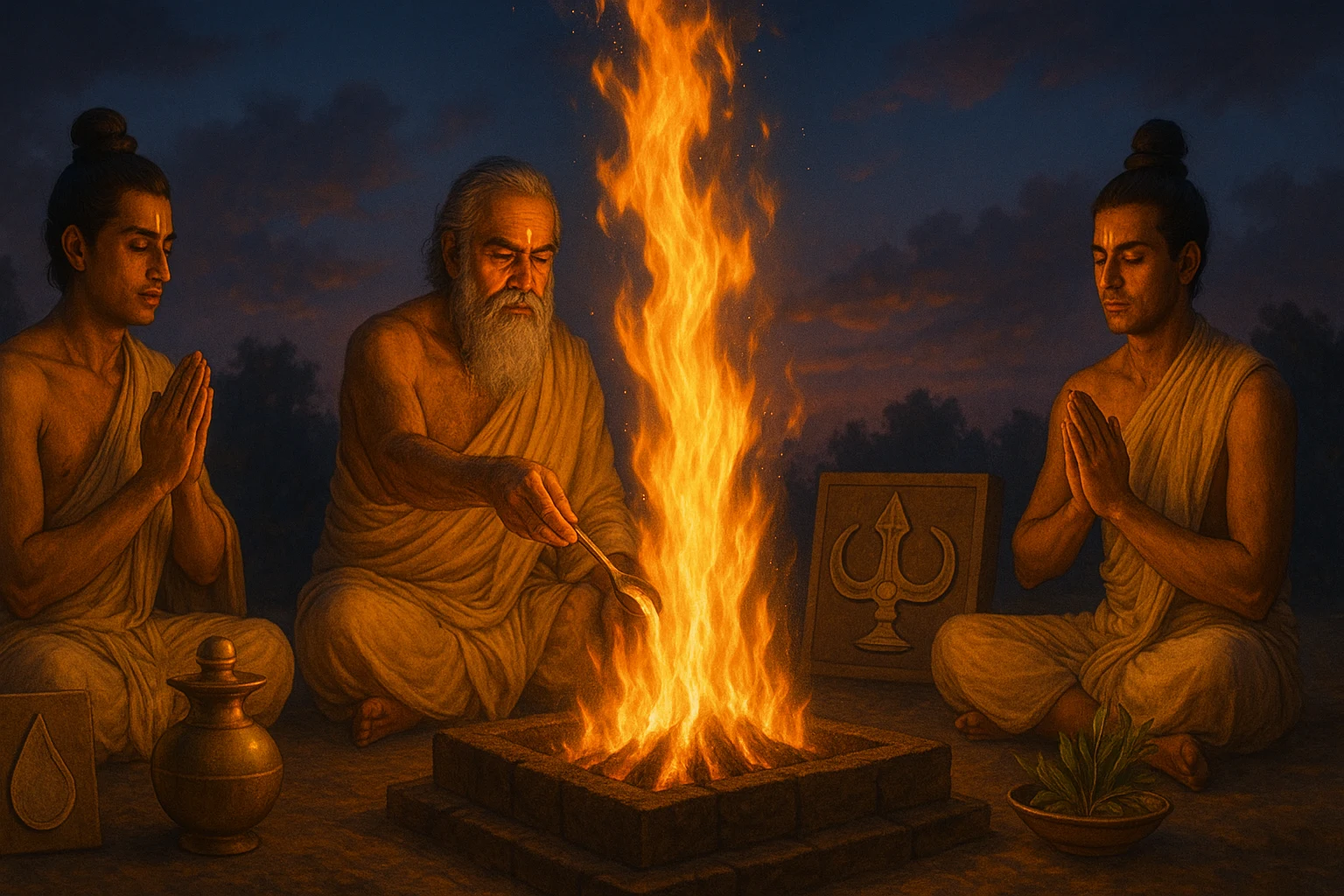
Samaveda – Music and Spiritual Harmony
The Samaveda is essentially a collection of chants derived from the Rigveda, but set to melodies for ritual use. It is the foundation of Indian classical music.
Cultural significance:
- Direct link between spirituality and music.
- Inspired chanting traditions in Hinduism, Buddhism, and Jainism.
- Still chanted in rituals today, symbolizing the healing power of sound.
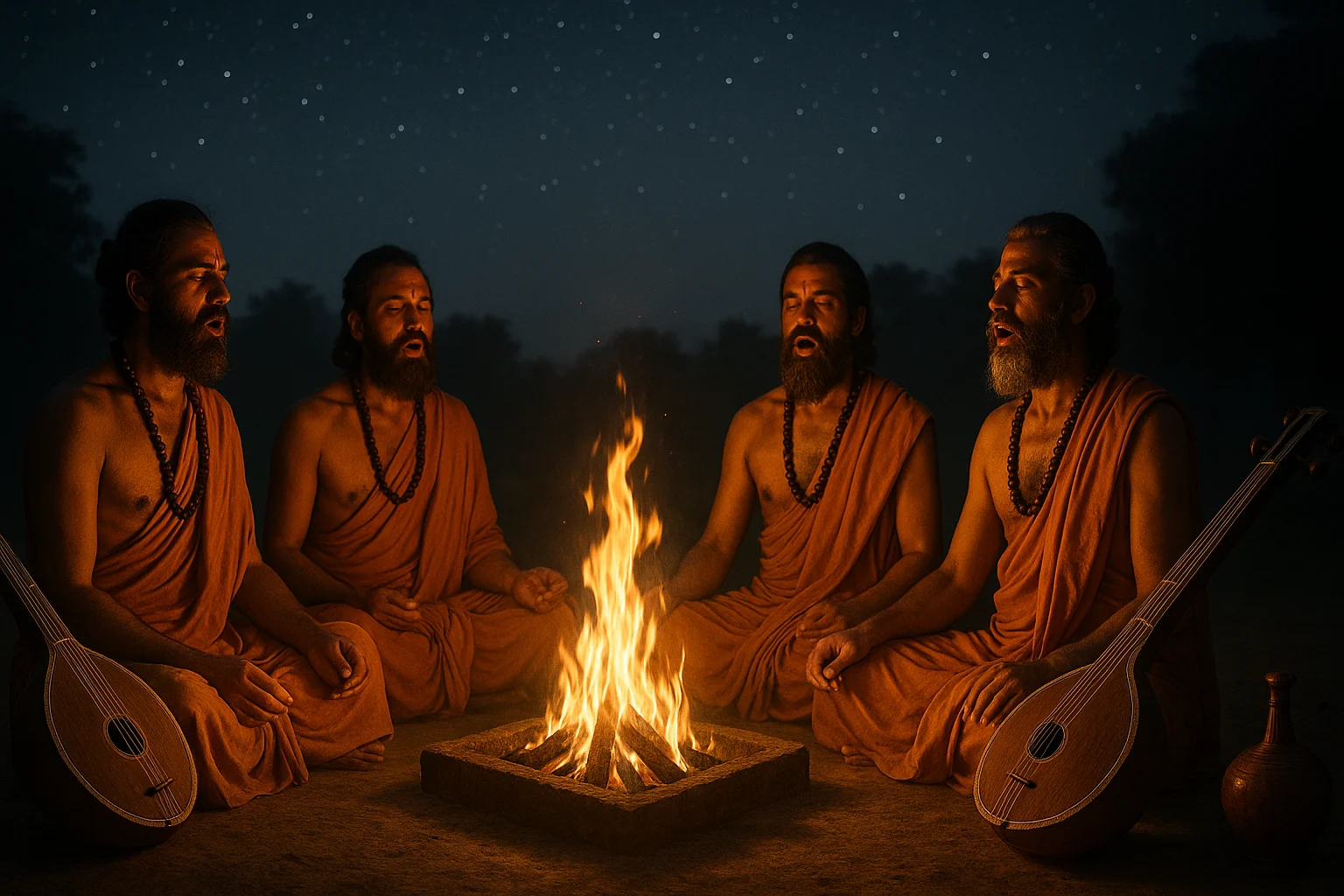
Yajurveda – The Science of Rituals
The Yajurveda provides the prose formulas recited by priests during yajnas (sacrificial rituals). It emphasizes discipline, order, and ethical conduct in worship.
Cultural significance:
- Defined Vedic rituals like Agnihotra and Ashvamedha.
- Shaped concepts of sacred space, purity, and cosmic balance.
- Influenced temple rituals and festivals in modern Hinduism.
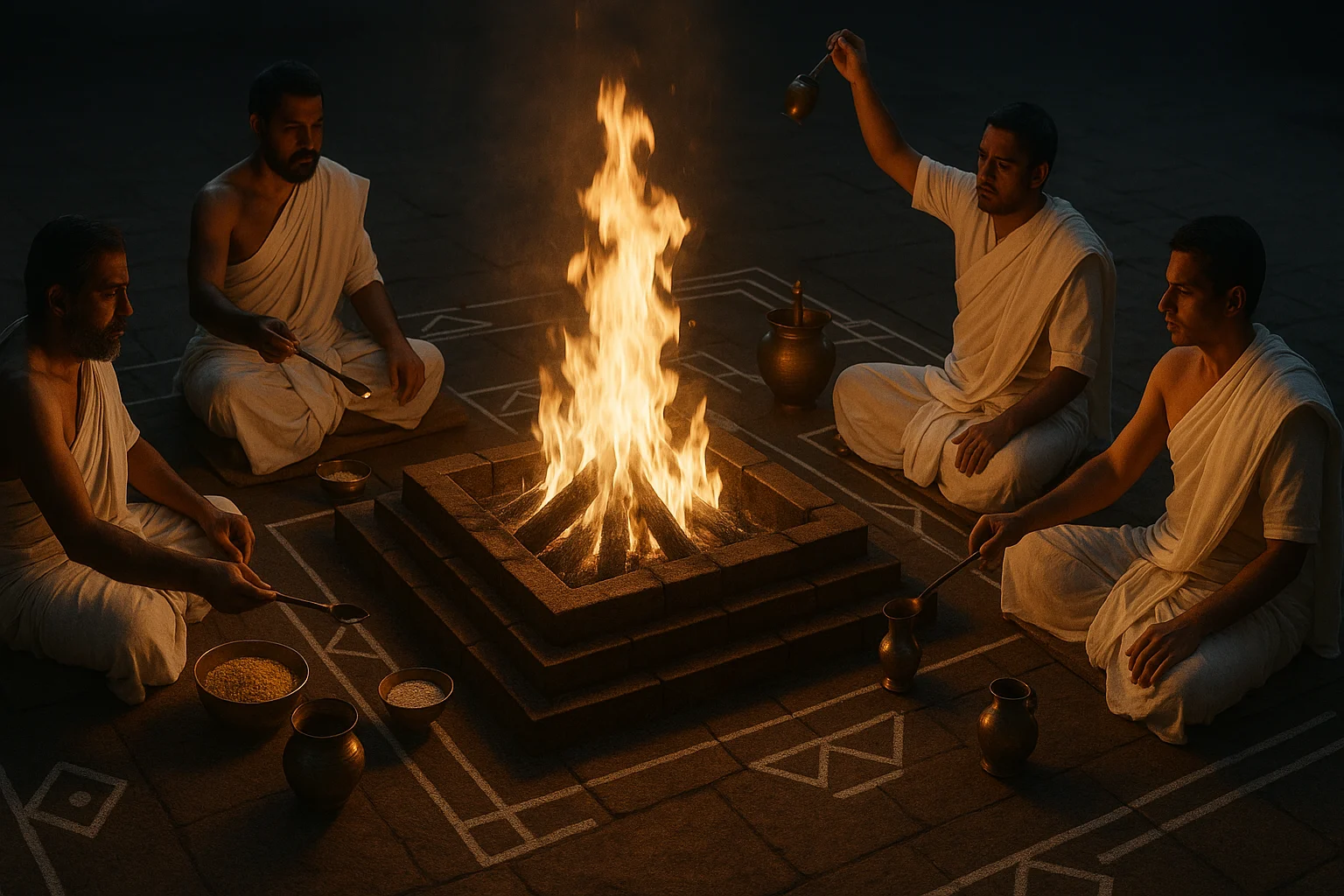
Atharvaveda – Everyday Concerns and Healing
The Atharvaveda is unique because it deals with practical human concerns. Unlike the ritual-heavy other Vedas, it includes spells for protection, charms for success, and hymns for health and harmony.
Cultural significance:
- Considered the root of Ayurveda, India’s ancient medical system.
- Offers prayers for peace, social harmony, and prosperity.
- Reflects folk traditions and daily life concerns.
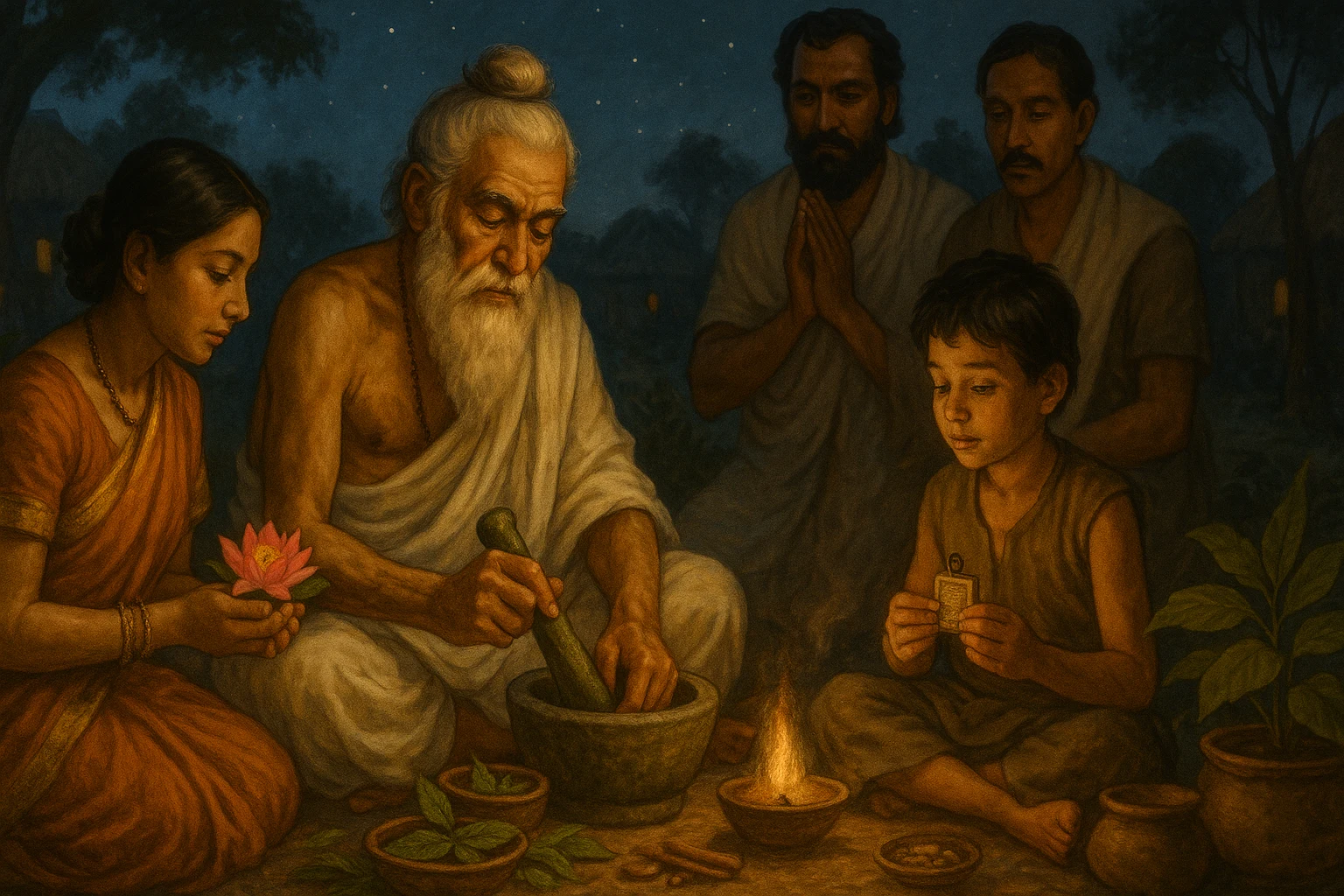
The Upanishads – Philosophical Core
The Upanishads, often called Vedanta (“end of the Vedas”), represent the philosophical climax. They explore profound questions: What is reality? What is the soul (Ātman)? What is the ultimate truth (Brahman)?
Key ideas:
- Brahman – the ultimate, infinite reality.
- Ātman – the self or soul, eternal and divine.
- Karma – law of cause and effect.
- Moksha – liberation from the cycle of rebirth.
The Mahavakyas (“great sayings”) summarize these truths:
- “Tat Tvam Asi” – Thou art that.
- “Aham Brahmasmi” – I am Brahman.
- “Prajnanam Brahma” – Consciousness is Brahman.
Their universal appeal has influenced not only Hindu philosophy but also Buddhism, Jainism, and even modern global thinkers.

Influence on Indian Culture
1. Religion and Spirituality
- Core rituals, mantra chanting, meditation, and yajnas come from Vedic tradition.
- Temples, festivals, and even modern pujas have roots in Vedic practices.
2. Philosophy
- Vedic philosophy gave rise to six schools: Vedanta, Yoga, Nyaya, Vaisheshika, Mimamsa, and Sankhya.
- Concepts of Dharma, Karma, and Moksha remain guiding principles for Indian life.
3. Arts and Music
- Samaveda laid the base for Indian classical music (ragas, talas).
- Rigveda’s poetic structure influenced Sanskrit literature, epics, and dramas.
4. Science and Medicine
- Atharvaveda’s medical hymns inspired Ayurveda.
- Ritual geometry influenced architecture (temples, altars).
5. Law and Ethics
- The Vedic concept of Dharma influenced Manusmriti and later legal systems.
- Emphasis on truth (satya) and non-violence (ahimsa) shaped Indian ethics.
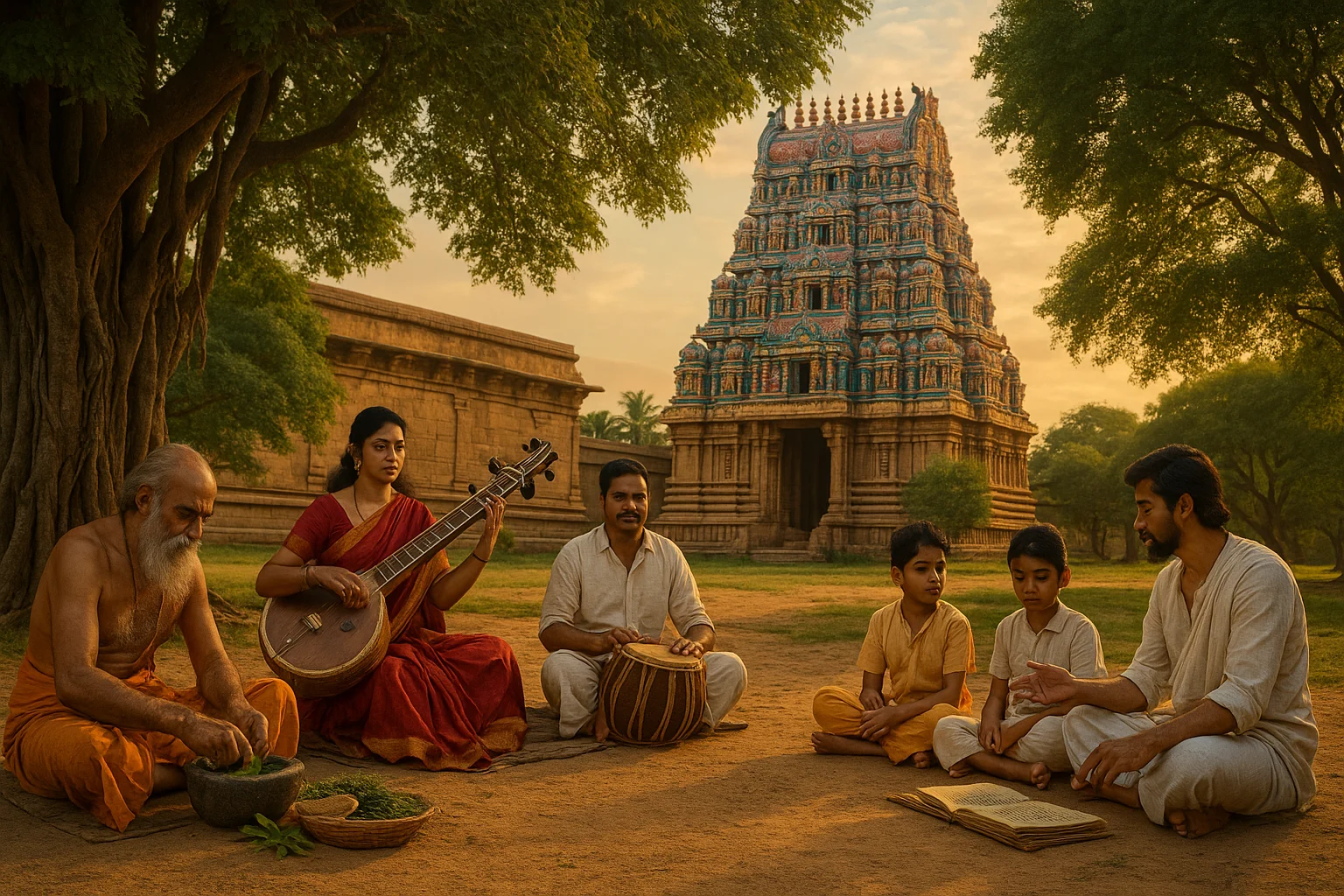
Vedic Values in Modern Times
Despite being millennia old, the Vedas are deeply relevant today:
- Environmentalism: Respect for rivers, forests, and animals is embedded in Vedic hymns.
- Spirituality: Meditation and chanting mantras are global wellness practices.
- Ethics: Dharma and Karma provide moral frameworks for personal and professional life.
- Science: Ayurveda and yoga are recognized worldwide as holistic health systems.

Conclusion
The Vedas are not just historical documents but living traditions. They encompass ritual, philosophy, art, science, and ethics, providing a holistic vision of life. Their significance in Indian culture lies in their timeless wisdom, their ability to balance spiritual and practical needs, and their guidance for humanity in harmony with nature and cosmic order.
Understanding the Vedas is understanding the soul of Indian civilization—a civilization that continues to draw strength from its roots while evolving with modern times.
Receive Stories and Articles in your Inbox!
We won’t send any promotional or spam emails.






















